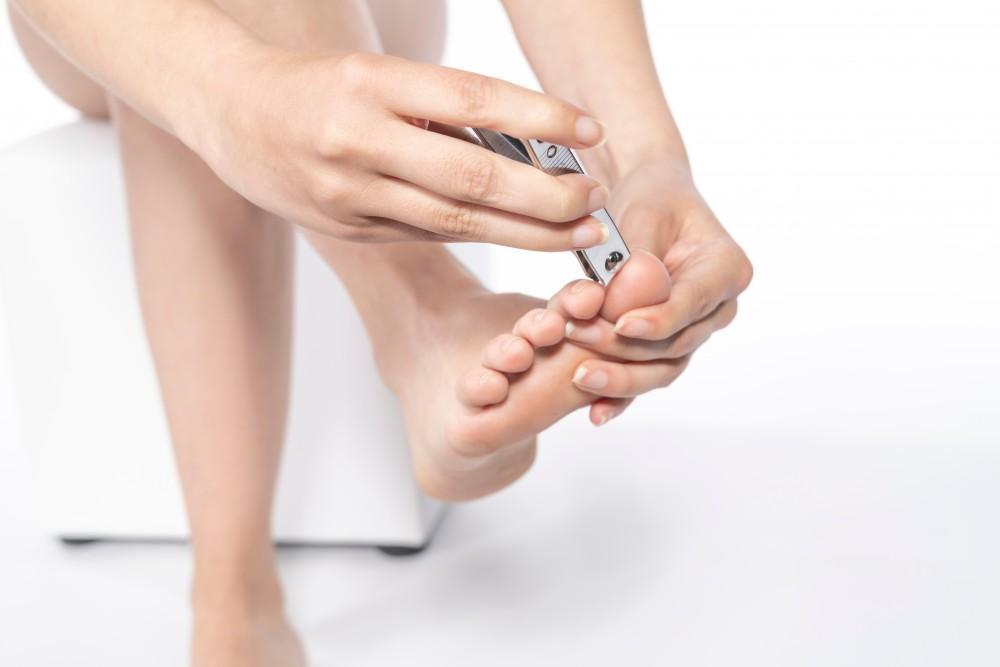
Fungal Problems of the Feet: Signs and Treatments

Not only are your feet incredibly hard-working, they’re also prone to fungal infections that range from a mild nuisance to a downright pain in the foot. The two most common fungal infections that can strike your feet are toenail fungus and athlete’s foot, which have very different symptoms.
At Family Foot and Ankle Center of South Jersey, our experienced team of podiatrists is at the ready to solve any fungal problem that develops in your feet. The first step, however, is yours, as you need to be able to identify these infections.
With that in mind, we explore the signs of toenail fungus and athlete’s foot and how we go about treating each of these issues.
Athlete’s foot
The medical term for athlete’s foot is tinea pedis, and it’s caused by fungi that get into your feet, usually between your toes. The reason why this condition is called athlete’s foot is that these fungi lurk in damp and warm environments, such as locker rooms and sweaty socks.
Despite its name, anyone can get athlete’s foot, especially if you’re in public places like swimming pools.
The most common sign of athlete’s foot is a scaly, red rash that typically develops between your toes. This rash can cause uncomfortable itchiness, and when you succumb to the urge to scratch, you run the risk of spreading the fungal infection to your hands.
In more advanced cases of athlete’s foot, the rash can lead to open wounds, which are especially dangerous for people who have pre-existing conditions like diabetes.
The good news is that we can easily treat your athlete’s foot by prescribing a topical or oral antifungal medication.
Toenail fungus
Another way that fungi can affect your feet is by getting into your toenails and creating an infection called onychomycosis. Like athlete's foot, toenail fungus isn’t necessarily a serious condition, but it can wreak havoc on your toenails. About 12% of people have toenail fungus, and it’s especially common in people over age 65.
Toenail fungus typically starts out as a white or yellowish spot on your toenail. All too soon, however, the infection spreads and leads to toenails that are:
- Thickened or distorted
- White and/or yellow
- Brittle and crumbly
- Foul smelling
With moderate-to-severe cases of toenail fungus, your nail can completely separate from the nail bed.
Toenail fungus can be incredibly stubborn, so we suggest that you come see us at the first signs of a problem. We can start out with antifungal medications, but should these prove ineffective, we can turn to laser therapy to kill the fungus, once and for all.
Preventing fungal infections
Of course, the best way to deal with fungal infections in your feet is not to get them in the first place.
There are several ways you can protect yourself from foot fungus, including:
- Wearing shoes at all times in public places, such as locker rooms
- Keeping your feet clean and dry
- Swapping out sweaty socks frequently
- Ensuring your towels are clean and dry
- Not borrowing towels or socks from others
By following these rules of thumb, you can keep fungal infections in your feet at bay.
To learn more about fungal infections in your feet or to get treatment for an existing infection, contact our office in Cherry HIll, New Jersey.
You Might Also Enjoy...


5 Ways to Keep Your Bunion Pain to a Minimum

Gout: What Is It and How Can I Get Rid of It?

Complications of an Untreated Ankle Sprain

Suspect You’ve Broken Toe? How To Tell and What to Do


